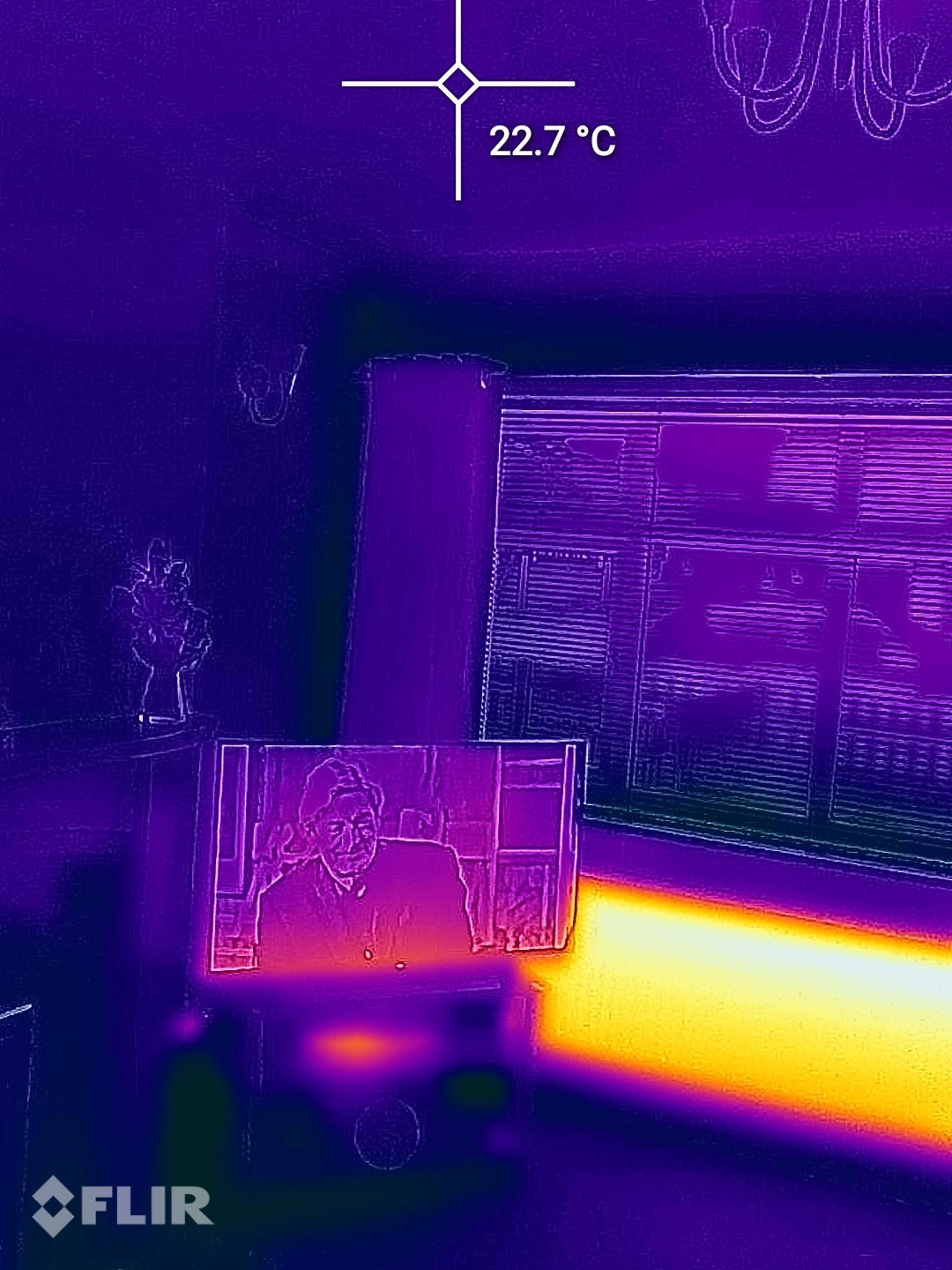Thermal Imaging
Thermal imaging plays a significant role in residential properties for various reasons, enhancing safety, efficiency, and comfort. Here are some key aspects highlighting the importance of thermal imaging in residential settings:
1. **Energy Efficiency Assessment:**
- Thermal imaging helps identify areas of heat loss or air leakage in a home. This information is valuable for homeowners looking to improve energy efficiency by addressing insulation issues, sealing gaps, and optimizing HVAC systems.
2. **Detecting Insulation Problems:**
- Poor insulation can lead to energy wastage and discomfort. Thermal imaging allows homeowners and professionals to pinpoint insulation gaps or areas with inadequate insulation, helping in targeted improvements.
3. **Moisture Detection:**
- Thermal imaging can identify areas with moisture intrusion. Water leaks or dampness can lead to structural damage and mold growth. Detecting these issues early helps prevent further damage and ensures a healthier living environment.
4. **Electrical System Inspection:**
- Thermal imaging is useful for inspecting electrical systems. Overheating electrical components can be identified, indicating potential fire hazards. Early detection allows for timely repairs or replacements, reducing the risk of electrical fires.
5. **HVAC System Efficiency:**
- Thermal imaging can be used to evaluate the efficiency of heating, ventilation, and air conditioning (HVAC) systems. It helps identify issues such as blocked air ducts, malfunctioning components, or inefficient heat distribution.
6. **Home Inspections:**
- During home inspections, thermal imaging can reveal hidden issues that may not be apparent through traditional methods. This can be especially valuable for both buyers and sellers in real estate transactions.
7. **Pest Infestation Detection:**
- Thermal imaging can assist in identifying areas where pests may be present. This early detection allows for prompt pest control measures, preventing potential damage to the property.
8. **Fire Safety:**
- Thermal imaging can be used to identify hotspots or potential fire hazards. This is particularly relevant for electrical systems, appliances, and other heat-emitting devices. Early detection of such issues enhances overall fire safety in residential properties.
9. **Comfort Optimization:**
- Thermal imaging can help homeowners optimize the distribution of heating and cooling within their homes, ensuring a more comfortable living environment. This is especially beneficial in large or multi-story houses where temperature variations may occur.
10. **Cost Savings:**
- By identifying and addressing energy inefficiencies, thermal imaging can contribute to significant cost savings over time. Homeowners can make targeted improvements that result in lower energy bills and increased overall property value.
In summary, thermal imaging is a valuable tool for homeowners, inspectors, and maintenance professionals, providing insights into the performance and condition of residential properties, ultimately contributing to improved safety, energy efficiency, and overall comfort.


